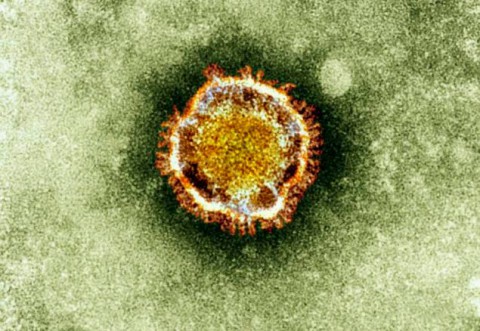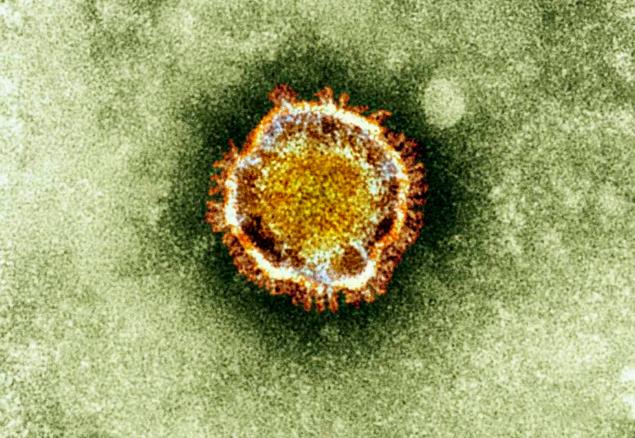 Since the first case of Middle East Respiratory Syndrome (MERS) in September 2012, scientists have been trying to identify the source of the virus. There have been 100 documented cases, half of which have been fatal. Nearly all the cases (70%) occurred in Saudi Arabia and have origins in the Arabian Peninsula.
Since the first case of Middle East Respiratory Syndrome (MERS) in September 2012, scientists have been trying to identify the source of the virus. There have been 100 documented cases, half of which have been fatal. Nearly all the cases (70%) occurred in Saudi Arabia and have origins in the Arabian Peninsula.
Early testing showed blood samples from some camels contained antibodies to the MERS virus suggesting that the camel may be a link. When it was concluded that the camels were not the source of the virus, scientist’s kept looking.
Bats were also suspected because they have been a reservoir for other viruses in the past, including SARS which is similar to MERS. Diseases that are spread from bats to humans generally have to be transmitted by direct contact with the bat, such as eating contaminated food, breathing in infected air or receiving a bite. In other cases, another organism, such as a mosquito, transfers the disease from bats to other animals.
Recently researchers got a break in the case when they found that blood and fecal samples from an insect-eating bat, collected near the location of the first case, bore viral markers that were a 100% genetic match for the MERS virus. While direct bat to human infection is possible, it is rare. Therefore researchers are still looking for an elusive intermediary host, possibly a biting insect or other possible carrier that could transmit the virus from the bats to humans and camels.
The Centers for Disease Control and Prevention (CDC) reports that the MERS situation is still unfolding so there are still travel precautions in place. Leisure travelers, flight crews, students and others traveling to a region where MERS has been documented should be aware of the risk. The virus can be spread from a person infected with MERS who is exhibiting the flu-like symptoms. Difficulty breathing and a persistent cough are two of the most common symptoms in addition to fever.
The CDC maintains a page on its website designated to keep the public informed about MERS and the continual monitoring of the situation as it continues to unfold. With this new discovery of the possible bat host, scientists are one step closer toward a better understanding of this perplexing disease.









